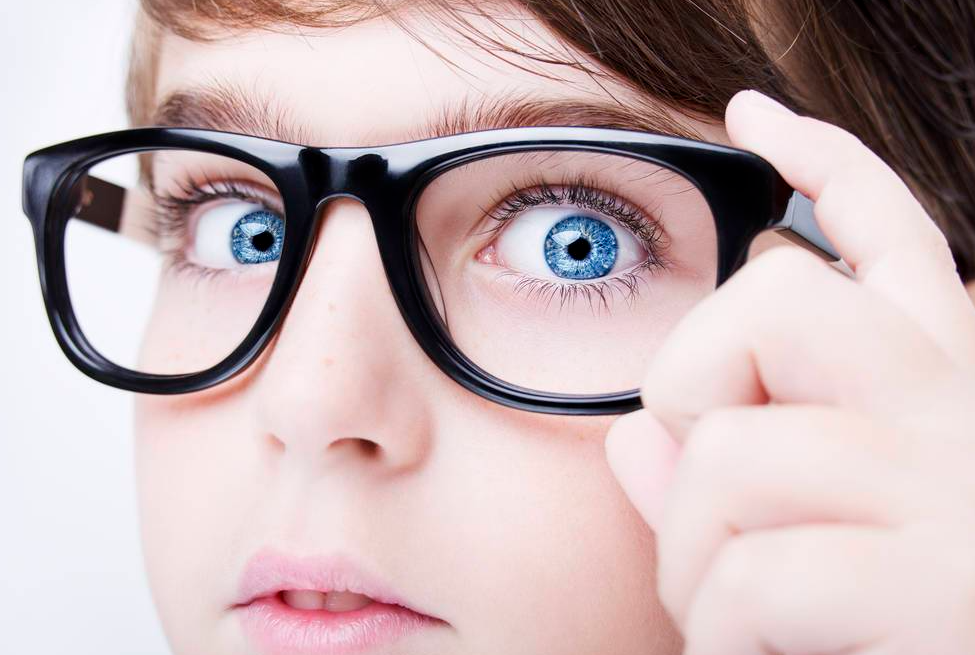
In recent years, although the overall myopia of children and adolescents has been controlled to a certain extent, the myopia rate is still not low, and there is a trend of myopia becoming younger and deeper. What factors are affected by myopia in children, and what are the early symptoms? How can children prevent myopia and use eyes scientifically?
Children's myopia is influenced by parental genetic factors. If one parent is nearsighted, the risk of the child developing myopia is 1.6 times higher; If both parents are nearsighted, the child's risk of myopia increases 9.13 times.
In addition, children's myopia is also affected by acquired environmental factors.
The length of the child's eye time, the distance between the eyes, the length of outdoor activities, the lighting of the surrounding environment, as well as the quality of the child's sleep and nutritional status, will have some impact on the child's myopia.
Vision loss is the main symptom of myopia in children.
Some children will squint to see things, or look close to things, some children look at distant objects, like to tilt or tilt the head, to find a clear Angle to see.
Parents who find that their children have squinting, nearsightedness, or abnormal head position should pay attention to their children's vision.
Usually, a child's myopia is irreversible.
Myopia in children needs to be confirmed by mydriatic optometry.
If there is still myopia after mydriasis optometry, that is, true myopia, there is no way to cure.
With the growth of the child's height and the increase of the eye, the eye axis will gradually lengthen, and the degree of myopia will show an increasing trend. After puberty, the child's height growth slows down, and the degree of myopia will stabilize.
At present, myopia prevention and control measures can make myopia a small degree of regression, but to make myopia a large degree of regression or even no, this is not realistic.
After the occurrence of myopia in children, the main prevention and control goal is to delay the progression of myopia, rather than eliminate the degree of myopia.
The increase in myopia is not caused by wearing glasses, but by the growth of the child's height and the use of eyes more, and the glasses should be worn.
Many parents have a misunderstanding that wearing a mirror will lead to the growth of children's myopia, so the child has not been wearing glasses after myopia, a check myopia is often three or four hundred or even four or five hundred.
Children must go through scientific mydriatic optometry, eliminate false myopia, and perform matching according to the true degree of myopia of the child.
In addition, accurate pupil distance measurement should be performed. After the degree and pupil distance measurement is accurate, and then choose a suitable frame, you can match the right glasses.
When the child is young, it is important to prevent myopia.
Minimize close eye use, limit the use of electronic products, and control eye use time. Younger children spend less time with their eyes and take longer breaks.
Outdoor time to ensure more than 2 hours a day, to fully accept the outdoor natural light.
In addition, parents should regularly take their children to the hospital for vision-related examinations, such as checking once every six months to assess whether the child's hyperopia reserve is enough and how fast it is consumed.
The study found that high frequency of eating sweets was a risk factor for myopia progression in models predicting the risk of myopia progression in children.
Children who eat more sweets have a higher incidence of myopia.
In the diet, it is necessary to control the intake of children's sweets, but also to supplement sufficient calcium, so that the eye wall has a certain elasticity and hardness, the eye axis is not easy to elongate, in order to inhibit the development of myopia.

